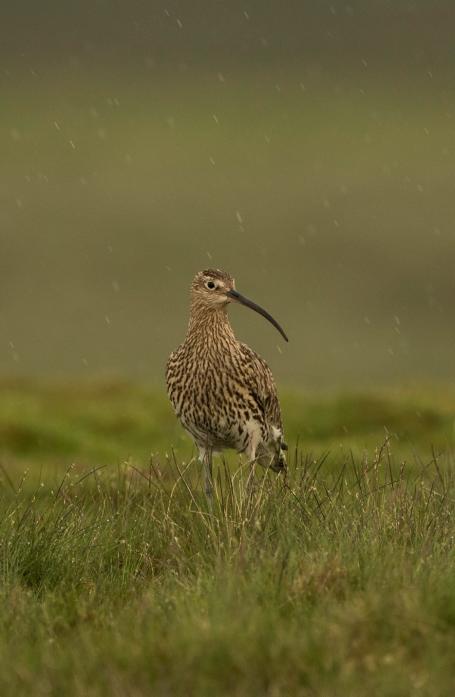
A LARGE-SCALE project is taking place to estimate the size of the dale’s curlew population to help the threatened species survive.
The breeding population of Eurasian curlew is declining across almost its entire range, with estimates suggesting a 20 to 30 per cent fall in the last 15 years. It has been identified as a “globally near threatened”.
The UK population represents about a quarter of the global breeding population but this is estimated to have halved in the past 25 years.
In partnership with the Game and Wildlife Conservation Trust, Raby Estates is carrying out a survey in the upper dale with the findings being used to continue and build on a North of England Uplands Curlew Recovery Project.
Joe Robinson, land agent for Raby Estates, said Northumberland National Park, Yorkshire Dales National Park, North Pennines AONB, Nidderdale AONB and the Forest of Bowland AONB are the bird’s stronghold.
He added: “Within the upland areas, decline rates are thought to be much lower than in much of the rest of the UK, and even suggest a stable population.
“One contributing factor to this is the way the uplands are managed for grouse shooting and conservation, which has a pivotal role in conserving curlew in the UK.”
Unpublished recent estimates by the British Trust for Ornithology suggest a UK population of 58,000 breeding pairs. Of these, approximately half are in England and Wales and half of those are in the northern uplands.
He said an experiment on moorland in north Northumberland showed that predator control led to a three-fold increase in the breeding success of curlew and other waders and annual increases in their breeding numbers.
Mr Robinson said: “The moors and marginal farmland of upper Teesdale are widely renowned as a stronghold for several species of breeding waders, including curlew.”
He said in Britain, the curlew was once a common species, breeding in marshes, meadows and arable fields as well as on moorland, the extent and quality of which have probably declined,
“Poor breeding success, often attributable to clutch and chick predation, typically by foxes, stoats, crows and gulls, is accepted as the principal reason for decline,” Mr Robinson added.
The study will build on moorland bird survey data in upper Teesdale and take a random sample survey across different habitats. This will be used to create an estimated curlew and golden plover population in an area from Cotherstone to the top of the dale.
“We eagerly await the survey results and look forward to supporting such a significant conservation project of this iconic upland bird,” Mr Robinson said.





